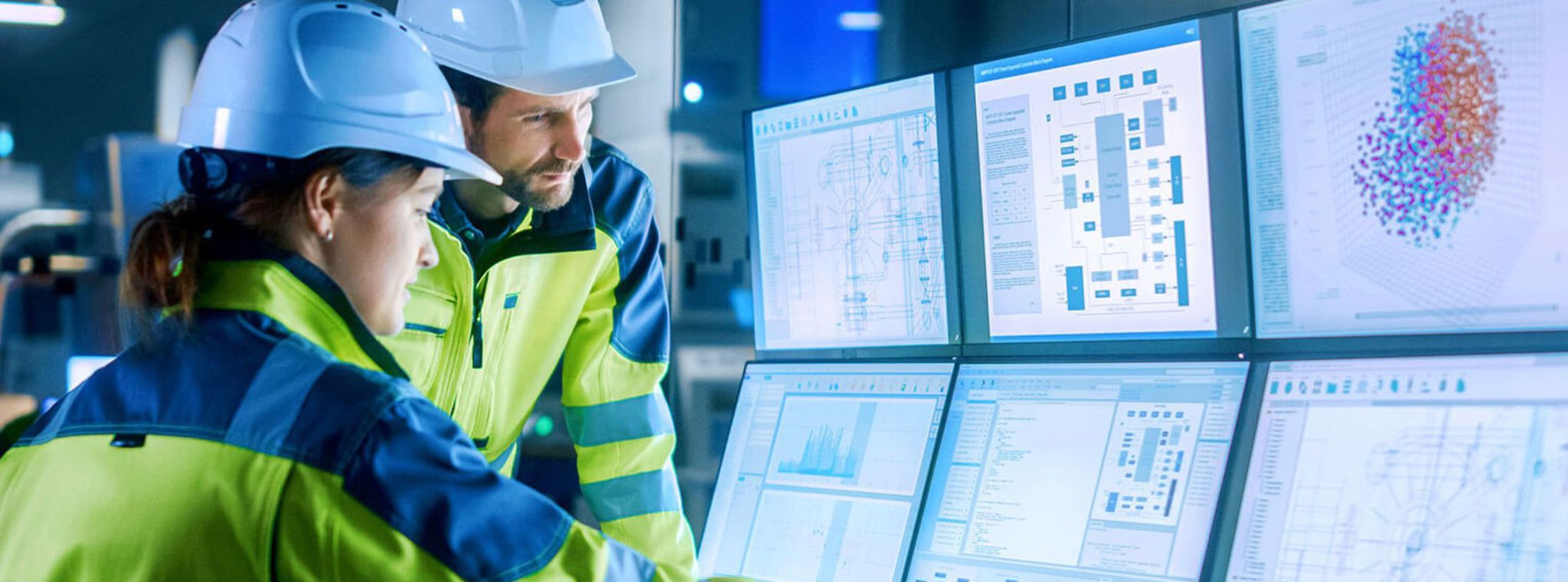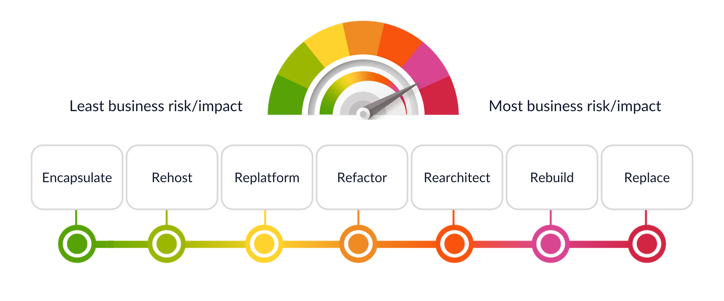
22 November 2023
Originally written for Scottish Engineering
Modernising your legacy IT and transforming tired technology into state-of-the-art systems. Legacy systems are often characterised by their age, complexity and lack of compatibility with modern technologies. They have usually been in place for many years and while they still serve a purpose, they have not evolved to keep pace with technology trends or business requirements. As a result, legacy systems often become a major obstacle. Some of the common challenges associated with legacy systems include:
- Outdated technology - They often rely on outdated programming languages, hardware and software that are no longer supported or maintained. This can pose security risks as vulnerabilities may not be patched or updated regularly. It is also difficult to find people who are skilled in these outdated technologies.
- Lack of flexibility - They can be rigid and inflexible, making it difficult to adapt to changing business requirements. Even making small changes to the system can be a time-consuming and costly process.
- Limited integration - They may not easily integrate with newer technologies and platforms, which can cause data siloes, fragmented processes and inefficiencies across the organisation.
These challenges are some of the reasons why organisations choose to modernise their legacy technology. By moving to a more modern technology stack, they can access enhanced functionality, improve their security and often cut costs.
Planning the modernisation process
Modernising legacy technology is easier said than done. This is partly because there are several approaches to modernisation, and it is difficult to know which method to follow. Trying to implement the latest all-in-one solution (if there was such a thing) might seem tempting, but it might not be the most effective or efficient solution.
We often refer to this approach as the ‘throw the baby out with the bathwater’ approach. It happens when organisations fail to understand the value of the investment that has gone into their legacy systems and unintentionally discard much of it along with the old technology.
Other stumbling blocks to modernisation are concerns around the cost to implement and the potential interruption to operations during the transition period.
Implementation costs are a valid concern which make it difficult for management to take that first step to modernisation. But what organisations often overlook when they don’t modernise their systems is the cost of ineffective legacy systems. Modernisation should be seen as a cost-saving opportunity, the benefits of which will be realised in the future.
Concerns around the potential interruption to operations are valid too, but these can be mitigated against by following a carefully designed modernisation strategy. For example, the replatforming approach mentioned below allows for a seamless transition as it maintains the existing application’s core functionalities and data structures. This approach ensures day-to-day operations continue without major interruptions, reducing the risk of downtime and productivity loss.
Approaches to modernisation
One helpful way to assess the best modernisation approach is to consider Gartner’s ‘Seven Options to Modernise Legacy Systems’. These seven options (highlighted below) are not mutually exclusive as legacy system modernisation can be a complex project that often requires multiple approaches to get the best results. However, these options will help you take all factors into consideration before designing the approach that works best for you and your legacy system.

- Encapsulation - Leverage and extend the system features by encapsulating its data and functions, making them available as services via an Application Programming Interface (API).
- Rehost - Redeploy the application component to other infrastructure without modifying its code, features or functions.
- Replatform - Migrate to a new platform, making minimal changes to the code but not the code structure, features or functions.
- Refactor - Restructure and optimise the existing code (though not its external behaviour) to remove technical debt and improve non-functional attributes.
- Rearchitect - Altering the code to shift it to a new application structure and exploit new capabilities.
- Rebuild - Redesign or rewrite the application from scratch while preserving its scope and specifications.
- Replace - Eliminate the former system and replace it, considering new requirements and needs at the same time.
In conclusion
Legacy system modernisation can be a complex and challenging process, but with careful planning, execution, and adherence to best practices, organisations can successfully transition to modern, agile systems. By understanding your legacy system and selecting the right migration strategy to suit your needs, you can unlock new opportunities for growth and stay ahead in today’s rapidly evolving digital landscape.
PDMS has helped hundreds of organisations modernise their IT systems over the last 30 years. Our 90+ strong team of software specialists are currently working with Scotland-based organisations such as Rearo Laminates and McAlpine, and global organisations such as Stanley Black & Decker on modernisation projects.
Join our legacy system modernisation webinar
If you would like to learn more about legacy system modernisation, join us for our webinar "From burden to benefit: A practical guide to modernising your legacy systems" on Wednesday 4th October.
This webinar is hosted in partnership with Scottish Engineering and will cover the process, impact, and benefits of modernising critical business legacy systems. Guided by our experts, you will explore innovative strategies for modernising legacy IT and how it is possible to modernise your systems with minimal disruption. To reserve your place at our webinar, sign up via Eventbrite.
